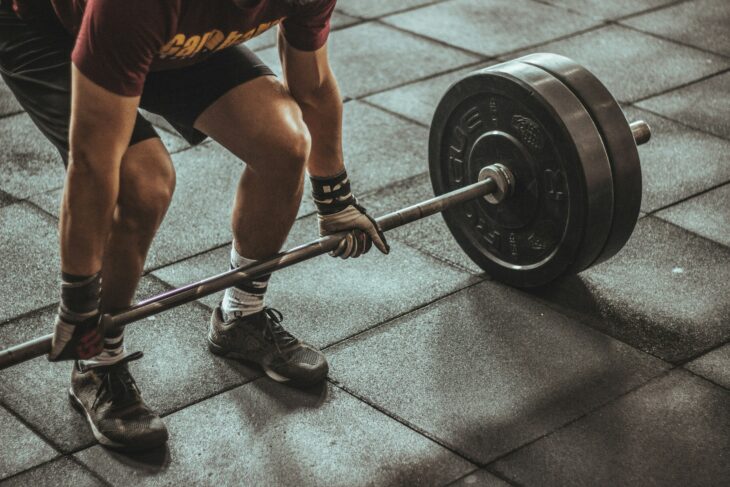The human body is made up of cells that work together to keep us alive and healthy. Immune cells that protect the human body against diseases are called white blood cells. Specialized white blood cells that destroy cancer cells are cytotoxic T cells and natural killer cells. Other white blood cells, like myeloid-derived suppressor cells, can actually help tumors grow. These white blood cells are called cancer-promoting cells. The balance of these different types of white blood cells in our bodies determines whether our immune system works to destroy cancer or to support it. If there are more cancer-killing cells than cancer-promoting cells in the tumor area, the body is more capable of fighting cancer.
Researchers in the past found that exercise destroys cancer cells by increasing the activity of cytotoxic T cells and natural killer cells. For example, scientists showed that 10 minutes of light- to moderate-intensity exercise increased cancer-killing cells in newly diagnosed breast cancer patients. However, these studies did not investigate what happens to cancer-promoting cells when patients exercise for longer periods of time.
A group of researchers in Finland investigated how 30 minutes of exercise affected the proportion of cancer-killing versus cancer-promoting white blood cells in the bloodstream of breast cancer patients. They studied 20 breast cancer patients who had just been diagnosed and therefore had not yet started their cancer treatments. During the study, they asked the patients to pedal a bicycle equipped with an exercise monitor for 30 minutes. They let the patients adjust the speed and difficulty levels so they could pedal for the full 30 minutes.
The researchers took blood samples from the patients at rest before the exercise, at 15-minute and 30-minute time points during the exercise, and at 30-minutes and 60-minutes post-exercise. They analyzed the patients’ blood samples using a technique that detects different cell types using light, called flow cytometry. They used this method to count the number of different types of white blood cells in each patient’s blood sample at different points during the exercise compared to at rest.
The researchers showed that the number and proportion of different white blood cells in the patients’ blood changed during the exercise. They reported that after 15 minutes of exercise, different types of cancer-killing white blood cells increased by 15% to 55% on average. After 15 minutes, the number of cancer-killing cytotoxic T cells and natural killer cells increased by 36% and 154%, respectively, and remained high after 30 minutes. They also noticed that the number of cancer-promoting myeloid-derived suppressor cells decreased from 44% at rest to 32% after 15 minutes of exercise and 34% after 30 minutes of exercise.
The scientists explained that the amount of liquid in a person’s blood, or plasma volume, can also change during exercise. They observed that during the exercise, the patients’ plasma volume decreased by an average of 16% after 15 minutes and stayed nearly the same after 30 minutes. After the exercise, they found the patients’ plasma volume was about 2% higher than it was before the exercise at 30 minutes, and about 5% higher at 60 minutes.
They calculated a statistical measurement known as a p value to test whether changes in the patients’ plasma volume were statistically significant, meaning they were due to exercise rather than due to chance. They found that the plasma increase after 60 minutes was statistically significant, but the increase after 30 minutes was not. They similarly found that the patients’ blood pressure, heart rates, and lactate levels were significantly higher during exercise than they were at rest. They interpreted these trends to mean that the patients’ increased blood pressure, heart rates, and lactate levels boosted the immune system so it created more cancer-killing white blood cells and less cancer-promoting cells.
The team concluded that 30 minutes of exercise is enough to activate immune cells in the body to fight against breast cancer. However, they pointed out that more research is needed to understand how this exercise impacts immune responses in cancer. They suggested future researchers also test whether exercise influences these immune cells in a similar way in people without cancer.


